- عنوان کتاب: Quantum Algorithms
- نویسنده: Alexander M. Dalzell, Sam McArdle, Mario Berta
- حوزه: فناوری کوانتومی
- سال انتشار: 2025
- تعداد صفحه: 436
- زبان اصلی: انگلیسی
- نوع فایل: pdf
- حجم فایل: 2.53 مگابایت
نیمه اول قرن بیستم شاهد پایهگذاری سه ستون علم مدرن بود: مکانیک کوانتومی، نظریه اطلاعات و علوم کامپیوتر. در نیمه دوم قرن، دانشمندان شروع به پیوند دادن این زمینهها کردند، ابتدا با بررسی پیامدهای کوانتومی بودن خود اطلاعات – که منجر به تولد نظریه اطلاعات کوانتومی شد. ویژگیهای غیرکلاسیک اطلاعات کوانتومی، مانند عدم شبیهسازی و درهمتنیدگی، به عنوان منابعی برای کاربردهای جدید، به عنوان مثال، ارتباطات امن از نظر تئوری اطلاعات، شناسایی شدند. در کنار این پیشرفتها، مشاهدات بنیوف [120]، فاینمن [391] و مانین [737] مبنی بر اینکه مدلهای محاسبه و شبیهسازی را میتوان در مکانیک کوانتومی فرموله کرد – و اینکه در برخی موارد، شبیهسازی این مدلها با استفاده از یک کامپیوتر کلاسیک به صورت نمایی چالش برانگیز به نظر میرسید، وجود داشت. در سال 1985، دویچ [346] این مدلهای اولیه محاسبات کوانتومی را بیشتر توسعه داد و چیزی را که اساساً اولین الگوریتم کوانتومی بود ارائه داد – روشی ساده که تنها با یک پرسوجوی جعبه سیاه، میتواند کاری را انجام دهد که به طور کلاسیک به دو پرسوجو نیاز دارد. در طول دهه بعد، الگوریتمهای جداسازی جعبه سیاه بزرگتری مانند الگوریتمهای Deutsch-Jozsa [347]، Bernstein-Vazirani [129] و Simon’s [940] کشف شدند و در نهایت، در سال 1994، اولین الگوریتم کوانتومی واقعاً سرتاسری توسعه داده شد: الگوریتم Shor [937] برای فاکتورگیری اعداد صحیح و محاسبه لگاریتمهای گسسته، که پیامدهای گستردهای برای رمزنگاری به همراه داشت. این پیشرفت نشان داد که رایانههای کوانتومی نه تنها میتوانند سرعت حل مسائل جعبه سیاه ساختگی را افزایش دهند، بلکه حداقل در تئوری، میتوانند راهحلهای سریعتری برای مسائل مهم دنیای واقعی ارائه دهند. کشف الگوریتم Shor، حوزه الگوریتمهای کوانتومی را از یک موضوع نسبتاً تخصصی به یک حوزه تحقیقاتی مهم تبدیل کرد. در طول سه دهه پس از کشف مهم Shor، حوزه الگوریتمهای کوانتومی به طور قابل توجهی بالغ شد. به عنوان مثال، دانش ما از کرانهای بالا و پایین در پیچیدگی پرسوجوی کوانتومی مسائل جعبه سیاه – که اغلب از طریق استدلالهای ریاضی پیچیده و غیرسازنده استنتاج میشوند – بسیار گسترش یافته است. علاوه بر این، بسیاری از الگوریتمها و زیرروالهای کوانتومی اضافی – به عنوان مثال، اصول اولیه برای شبیهسازی کوانتومی و جبر خطی – چندین بار کشف، بهینهسازی و متعاقباً تعمیم داده شدهاند. در همین حال، پیشرفتها در سختافزار و نظریه محاسبات کوانتومی تحملپذیر خطا به نقطهای رسیدهاند که میتوان تصور کرد که (برخی از) این الگوریتمها به زودی در مقیاسهای به اندازه کافی بزرگ قابل اجرا شوند تا از آنچه میتوان به صورت کلاسیک انجام داد، پیشی بگیرند. با این وجود، ارزیابی میزان سرعتهای کوانتومی موجود برای کاربردهای دنیای واقعی اغلب دشوار است و میتواند توسط ملاحظات فنی، فرضیات و محدودیتهای موجود در اصول اولیه الگوریتم کوانتومی اساسی مبهم شود. الگوریتم شور برای فاکتورگیری، علیرغم اینکه یکی از قدیمیترینهاست، مسلماً تمیزترین نمونه از یک سرعت کوانتومی قابل توجه با حداقل ملاحظات است که مسئلهای با اهمیت قابل توجه در دنیای واقعی را هدف قرار میدهد. هدف این بررسی روشن کردن نیازهای واقعی منابع کاربردهای محاسبات کوانتومی سرتاسری و در نتیجه کمک به شناسایی محتملترین کاربردها برای رایانههای کوانتومی تحملپذیر خطا است. از طریق این دیدگاه متمایز، این بررسی با هدف تکمیل منابع غنی الگوریتمهای کوانتومی موجود، از جمله تعدادی مقاله مروری، یادداشتهای سخنرانی، کتابهای درسی و باغوحش الگوریتم کوانتومی، انجام شده است.
The first half of the twentieth century witnessed the foundation of three pillars of modern science: quantum mechanics, information theory, and computer science. In the latter half of the century, scientists began to connect these fields, first by exploring the implications of information itself being quantum— leading to the birth of quantum information theory. The nonclassical features of quantum information, such as no-cloning and entanglement, were identified as resources for novel applications, for instance, information theoretically secure communication. Alongside these developments were the observations of Benioff [120], Feynman [391], and Manin [737] that models of computation and simulation could be formulated within quantum mechanics—and that in some cases these models appeared exponentially challenging to simulate using a classical computer. In 1985, Deutsch [346] further developed these early models of quantum computation and presented what was essentially the first quantum algorithm— a simple procedure that, with just one black-box query, could accomplish a task that classically requires two queries. Over the next decade, larger blackbox separations were discovered, such as the Deutsch–Jozsa [347], Bernstein– Vazirani [129], and Simon’s [940] algorithms, and finally, in 1994, the first truly end-to-end quantum algorithm was developed: Shor’s algorithm [937] for factoring integers and computing discrete logarithms, bringing extensive ramifications for cryptography. This breakthrough demonstrated that quantum computers could not only speed up the solution of contrived black-box problems but, at least in theory, could provide faster solutions to important realworld problems. The discovery of Shor’s algorithm transformed the field of quantum algorithms from a relatively niche topic into a major research area. During the three decades since Shor’s seminal discovery, the field of quantum algorithms matured significantly. For example, our knowledge of upper and lower bounds on the quantum query complexity of black-box problems—often deduced through sophisticated, nonconstructive mathematical arguments—has been greatly expanded. Moreover, many additional quantum algorithms and subroutines—for example, primitives for quantum simulation and linear algebra—have been discovered, optimized, and subsequently generalized multiple times. Meanwhile, advances in hardware and the theory of fault-tolerant quantum computation have reached the point where it is conceivable that (some of) these algorithms might soon become implementable at scales large enough to surpass what can be done classically. Nevertheless, the magnitude of available quantum speedups for real-world applications is often hard to assess and can be obscured by technical caveats, assumptions, and limitations in the underlying quantum algorithmic primitives. Despite being one of the oldest, Shor’s algorithm for factoring arguably remains the cleanest example of a substantial quantum speedup with minimal caveats that targets a problem of significant real-world relevance. This survey aims to elucidate the true resource requirements of end-to-end quantum computing applications, and thereby aid in identifying the most likely applications for fault-tolerant quantum computers. Through this distinct perspective, the survey is intended to complement the wealth of existing quantum algorithms resources, including a number of review articles, lecture notes, textbooks, and the quantum algorithm zoo.
این کتاب را میتوانید از لینک زیر بصورت رایگان دانلود کنید:
Download: Quantum Algorithms




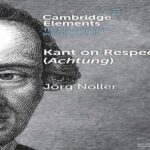
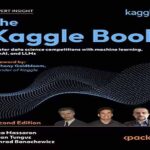


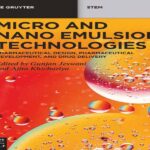


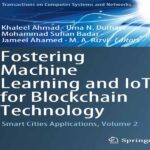
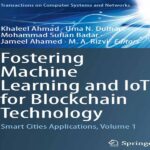
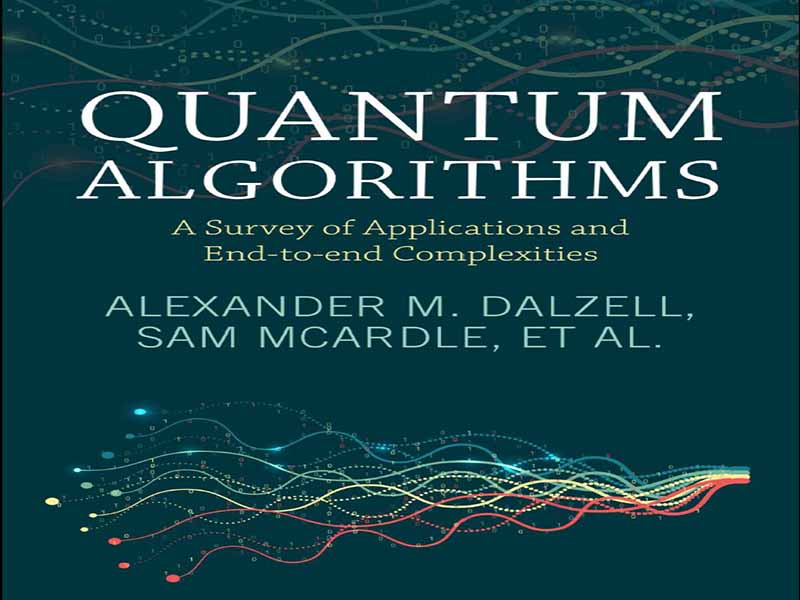


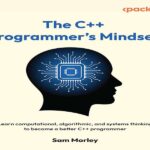
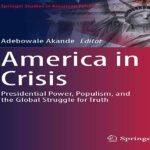

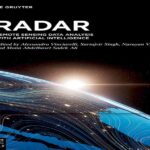

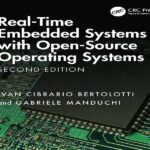














نظرات کاربران